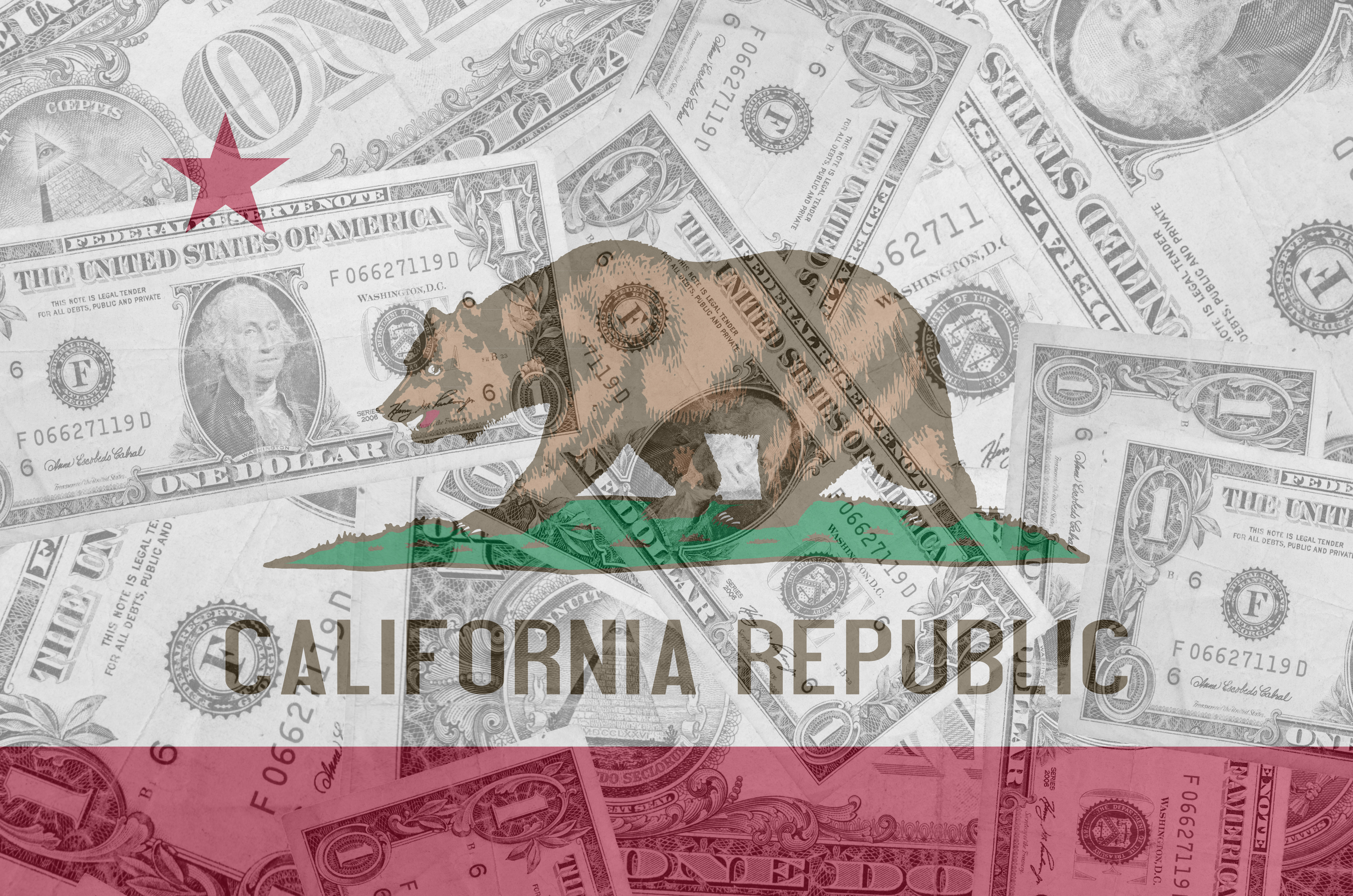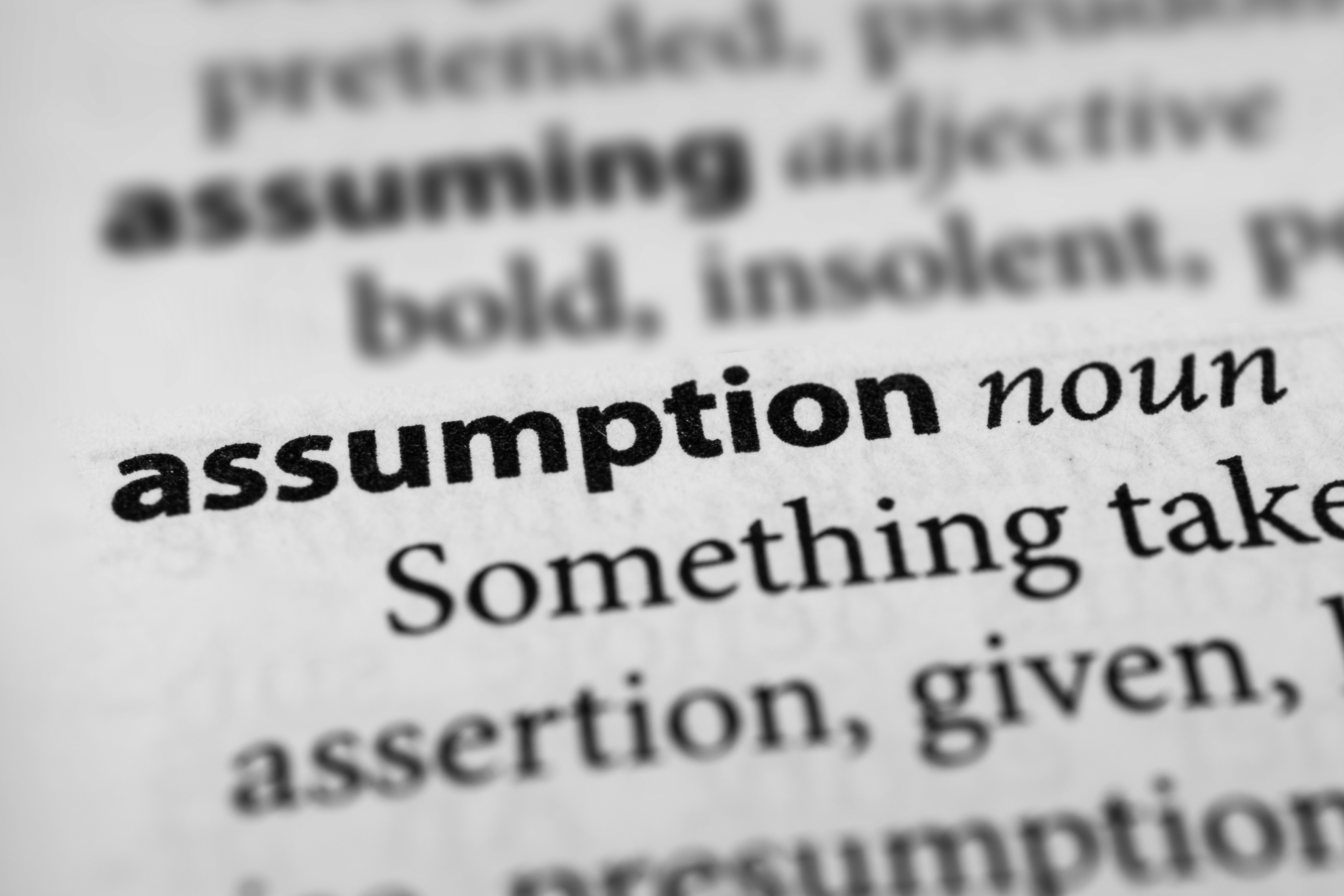A recent California Center for Jobs and the Economy report held some bad news for Sacramento:
“At a preliminary level of $3.862 trillion in 2023, California’s Current GDP in 2023 still ranked the 5th largest using the current results from the International Monetary Fund (IMF). California, however, was only 3.5% larger than #6 ranked India. At its current rate of growth and using the IMF projections, California would slip below India in 2024.”
Being fifth or sixth in the economic rankings may not have any direct impact on the Golden State, but the troubling signs don’t end there. California is also falling behind at home, lagging the national average on GDP growth.
“Overall, California real GDP grew only 1.5% in the last 8 quarters, compared to 3.8% for the U.S., 4.1% for North Carolina, 8.5% for Florida, and 9.2% for Texas.”
A sputtering California economy is not news to anyone who has been paying attention to the state’s recent population declines or business exodus – or anyone who works in the state’s once-booming energy industry.
After all, the Newsom administration has moved to aggressively shut down in-state production of oil and gas that the economy still uses in staggering quantities, choosing instead to import 875,000 barrels per day from foreign producers who don’t operate under California’s world-class environmental, health, and labor standards.
Overall, in-state production has already fallen by a third under Governor Newsom, and is set to decline further given the hostile policy environment. The state issued just 24 drilling permits in 2023 – a 99% decline from the 2,000 issued in 2020.
In 2023, at an average cost of $83 per barrel, California sent $26.6 billion overseas for foreign oil imports.
These policy choices are not reflective of a state that values strong economic growth and protects high-paying jobs for its residents.
But beyond the choice to buy oil from overseas instead of producing it at home, California is also hampered by some of the nation’s highest energy costs, placing an even greater drag on local businesses and economic competitiveness.
- Newsom’s failing energy policies have created a tight, inflexible market for refined fuels, forcing Californians to pay gas prices that are routinely 40% higher than the national average.
- Electricity bills in California have increased 127% over the past decade. Federal data shows April 2024 residential electricity rates in California were more than double the national average.
- A Pacific Research Institute study titled “Legislating Energy Poverty” found that California’s energy policies force the state’s working families to collectively spend $21.2 billion more on electricity and gasoline per year than the average U.S. household.
Energy policies have direct economic consequences. Governor Newsom’s pursuit of aggressive oil production shutdowns and policies that raise energy costs are a drag on the California economy.


